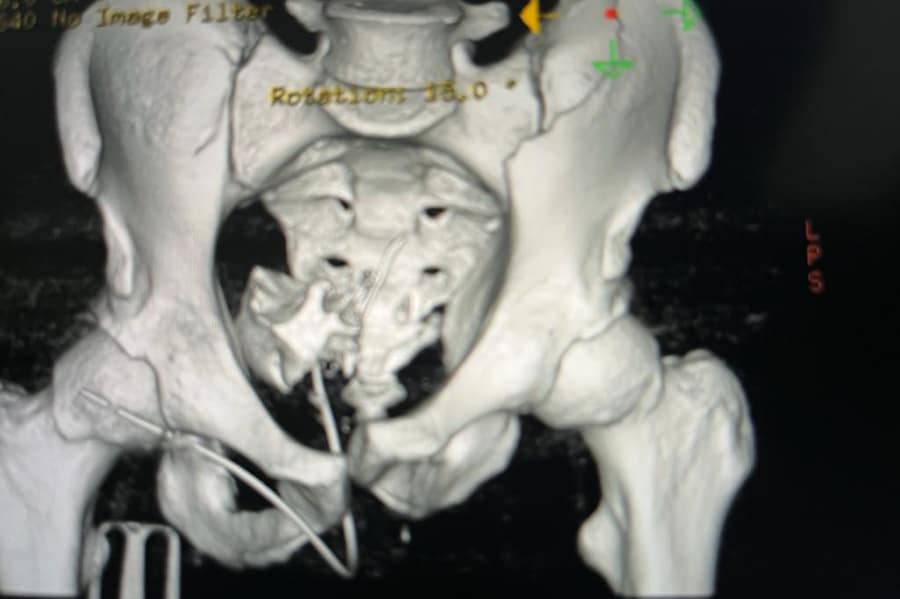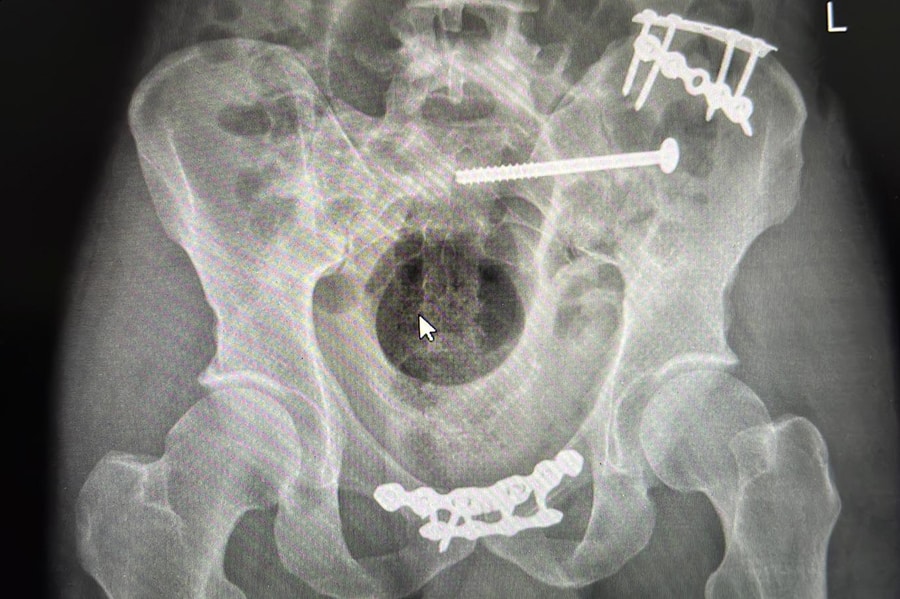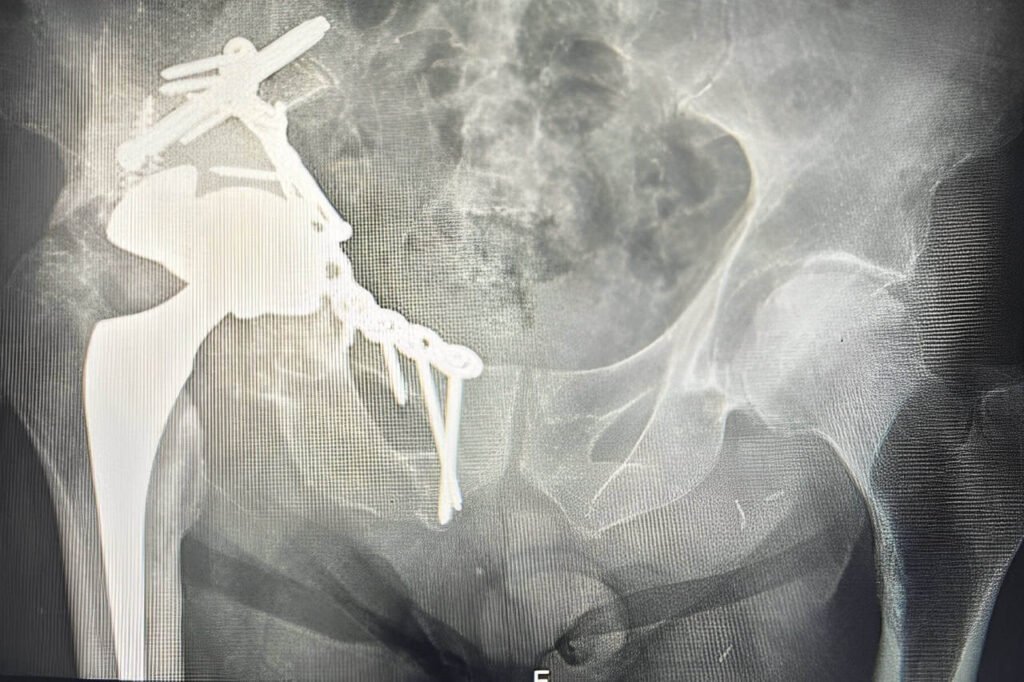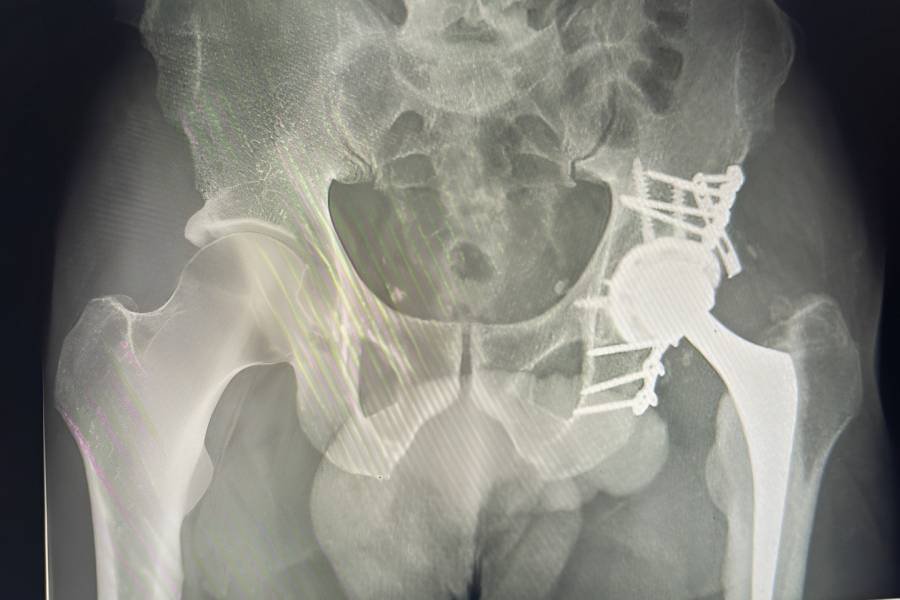
Mr. Kempanna specialises in patients with complex injuries including fractures of the pelvis, acetabulum, and other major joints.
Pelvic and acetabular injuries are not very common. Mostly they are high-energy trauma caused as a result of:
- road traffic accidents
- fall from height
- sports injuries (less common)
- motorcycle accidents especially the petrol tank striking the front of the pelvis of the driver.
Pelvic fractures can result from front-to-back compression (for example motorcycle injury as above), or it can happen as a result of side-to-side compression for example hit by a car from the side. Finally, pelvic injury can also happen due to vertical shear forces where one half of the pelvis moves up in relation to another half (seen in fall from height injuries).
How is pelvic and acetabular injury treated?
Various ways of stabilising pelvic and acetabular injuries. This can be in the form of an external fixator, or Internal fixation carried out.
Is there a role of Total Hip Replacement in such cases?
Sometimes when an acetabular fracture is quite comminuted and complex that it can’t be reduced and fixed. then in such cases, a total hip replacement can be done.
Pelvic surgery is generally performed to restore the fractured parts of your pelvis to as normal a position as possible and to allow the fracture to heal in this position. Ultimately the aim is to allow you to resume your normal activities in as timely a fashion as possible and also to avoid long-term problems such as deformity of your pelvis or arthritis of the joints that hold your pelvis together. Surgery can be done in different ways depending upon the type of fracture. This will be discussed at the time of consent when you sign your form with Mr Kempanna or his team.





